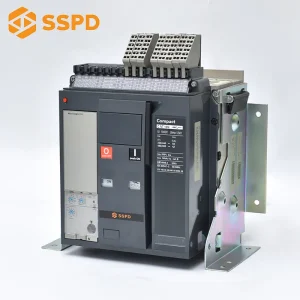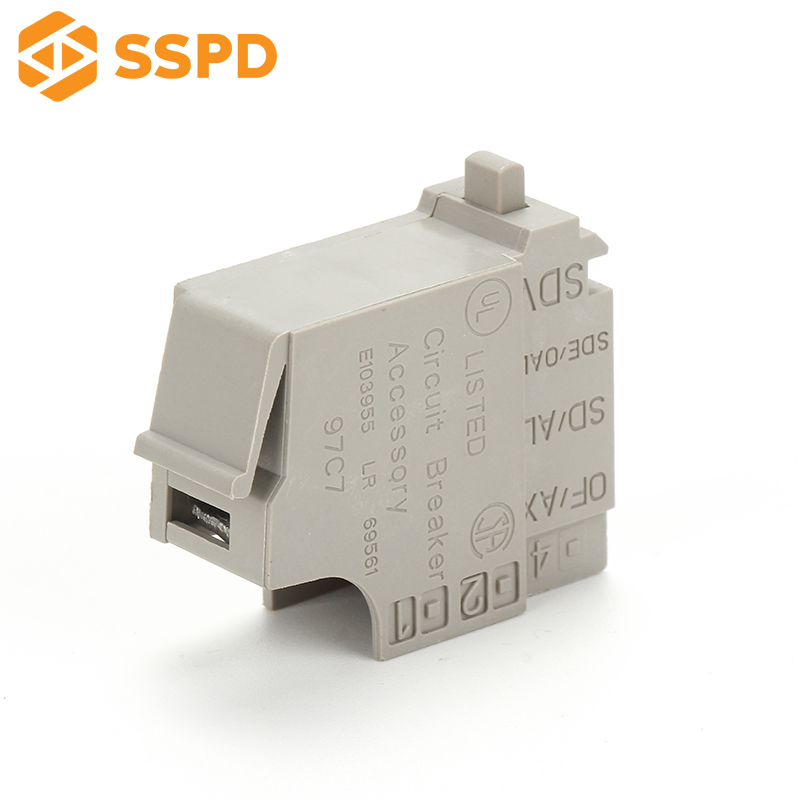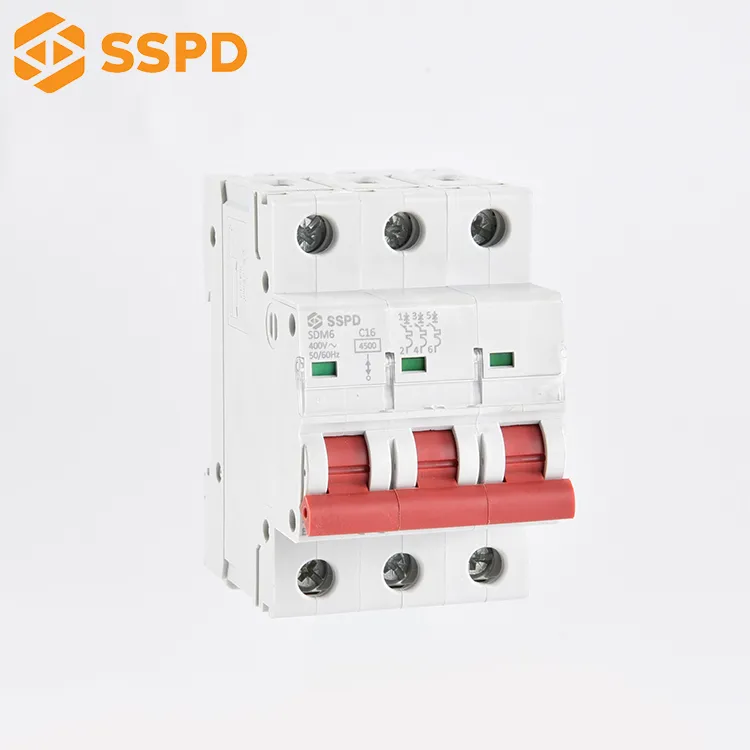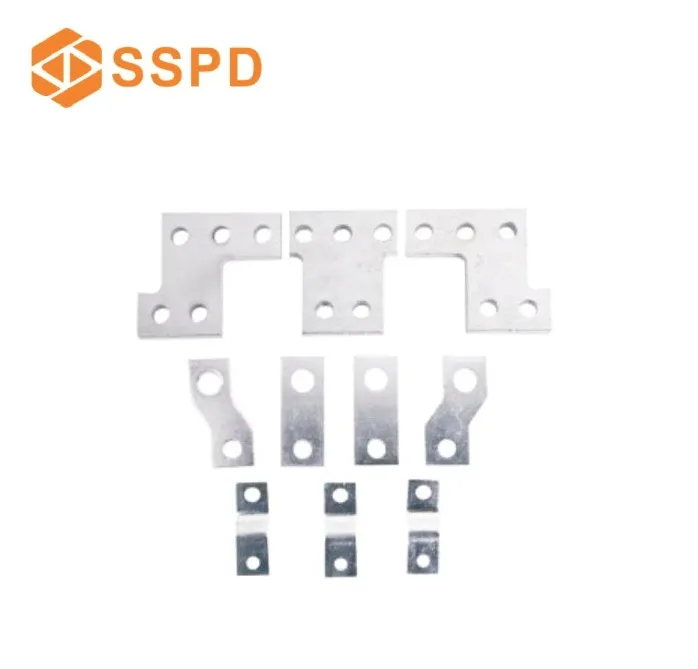Disclosure: This article is partially AI-assisted and reviewed by professionals for accuracy and clarity.
I. Wondering How to Make Your ACBs Last 15+ Years Without Costly Breakdowns?

Air Circuit Breakers (ACBs) are essential components in modern low-voltage electrical distribution systems. Found in data centers, hospitals, industrial facilities, and commercial buildings, they serve a critical role in protecting equipment from overloads and short circuits.
However, like all mechanical and electrical devices, ACBs are subject to wear and aging. Without proper maintenance, even the best-designed breakers can fail — leading to costly downtime, equipment damage, or worse, safety hazards.
By implementing a structured maintenance routine, operators can significantly extend the operational lifespan of their ACBs, ensure system stability, and reduce total cost of ownership.
🔧 This guide covers the five most effective ways to extend your ACB’s lifespan — backed by field-tested practices from global electrical professionals.
II. Key Maintenance Practices for Long-Term Performance
1. Keep It Clean and Dust-Free
Dust, moisture, and airborne contaminants can accelerate corrosion, interfere with contact integrity, and cause insulation breakdown. It’s recommended to clean ACB interiors every 6 months, focusing on arc chutes, contact assemblies, rails, and mechanical linkages.
Use a dry cloth or vacuum system. Avoid cleaning agents unless specified by the manufacturer.
2. Lubricate Moving Components
ACBs rely heavily on their mechanical parts — operating mechanisms, springs, and linkages — to function reliably. Annual lubrication using manufacturer-recommended grease is essential to avoid friction, jamming, or fatigue failure.
Check for any abnormal noise, rust, or tightness when operating the mechanism manually.
3. Inspect Contact Wear and Measure Contact Resistance
The contact system is the heart of an ACB. With regular operation, the silver alloy surfaces can erode or oxidize, increasing resistance and generating heat.
Use a micro-ohmmeter to measure contact resistance annually. Any significant deviation from the rated value (typically <100 μΩ) may indicate excessive wear or alignment issues.
Replace or refurbish contacts before damage becomes critical.
4. Test Trip Units and Accessories
Modern ACBs are equipped with various trip modules — electronic, undervoltage, and shunt trip units. These must be tested periodically using simulated fault conditions to ensure timely and accurate operation.
Also verify control wiring, auxiliary contacts, and remote communication modules during scheduled outages.
5. Maintain a Service Logbook
Documentation is key to predictive maintenance. Create an asset register for each ACB, noting inspection dates, test results, replaced parts, and observations.
A simple Excel sheet or CMMS (Computerized Maintenance Management System) can help track historical performance and anticipate future issues.
III. Pro Tips from the Experts at SSPD
At SSPD, we specialize in high-reliability ACBs designed for extended lifespan and field-serviceability. Based on years of practical experience across 30+ countries, here are a few more bonus tips:
Control the Environment: Keep ACBs in cool, dry, and well-ventilated areas. Avoid corrosive atmospheres.
Avoid Frequent Overloads: Ensure ACB ratings match system demands, with at least 10–20% headroom.
Conduct Annual Simulations: Run functional tests (manual or remote tripping) to verify operational integrity.
Stock Critical Spares: Always keep spare coils, contact sets, and accessories on hand for quick replacement.
🎯 Choosing the right ACB is only half the battle. Proper maintenance is what protects your power and your reputation.
IV. Conclusion: Lifespan Is Earned — Not Assumed
Well-maintained ACBs can operate reliably for 15+ years, whereas neglected units may fail within 5. Preventive maintenance may require time and resources, but the ROI is undeniable — in reduced downtime, improved safety, and peace of mind.
If you manage a facility with multiple ACBs, now is the time to develop a maintenance SOP and train your team accordingly.
💡 Remember: Maintenance isn’t a cost — it’s an investment in safety and reliability.
V. Ready to Improve Your ACB Maintenance Strategy?
At SSPD, we don’t just manufacture high-quality ACBs — we help you keep them running longer. If your facility operates multiple breakers, now is the time to review your maintenance practices and standardize your procedures.
A reliable ACB isn’t just built — it’s maintained.
Let’s build smarter, safer systems together.
🔗 Explore our full ACB product line: www.shendianele.com
📧 Have questions? Contact our technical team for personalized support.








